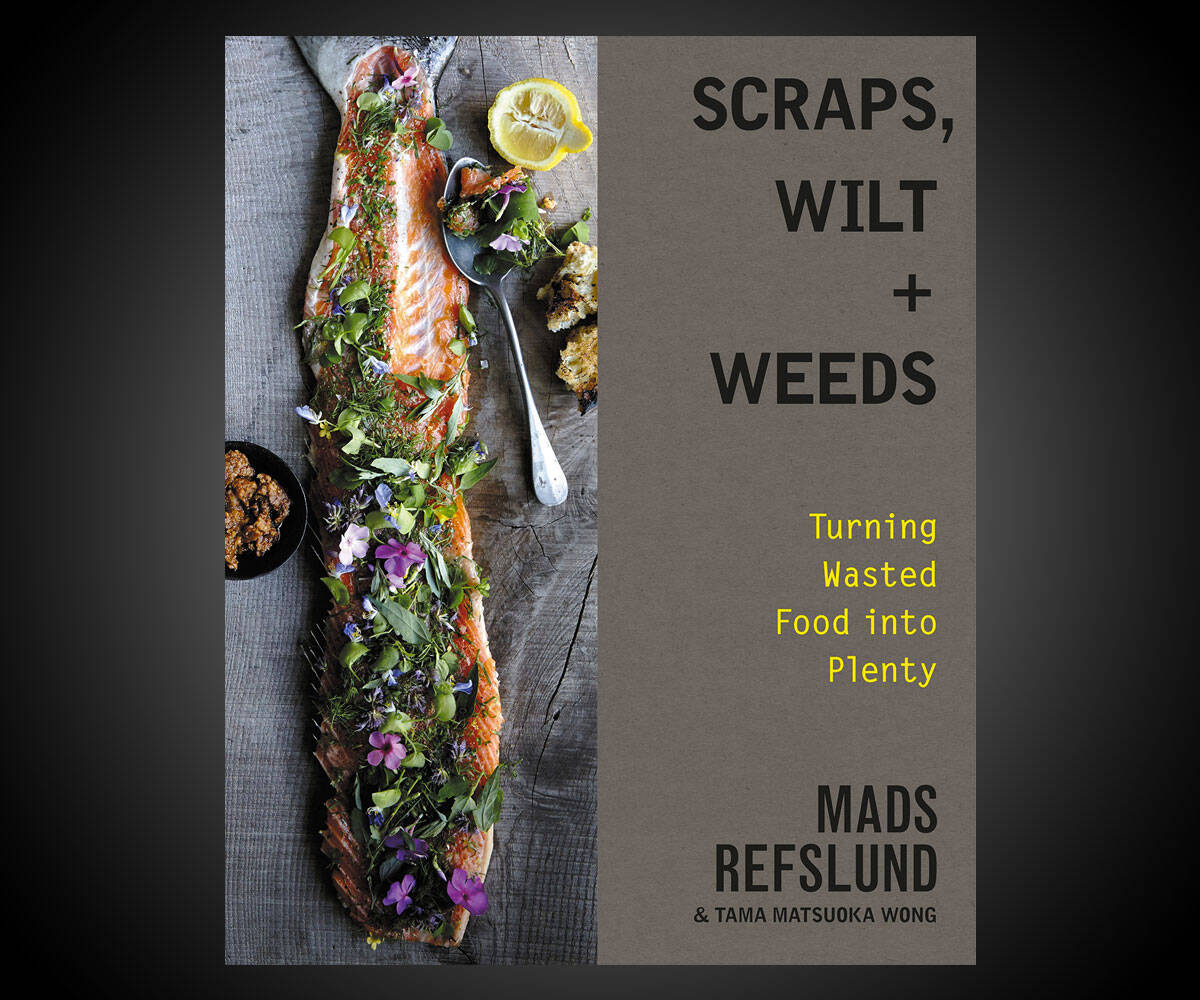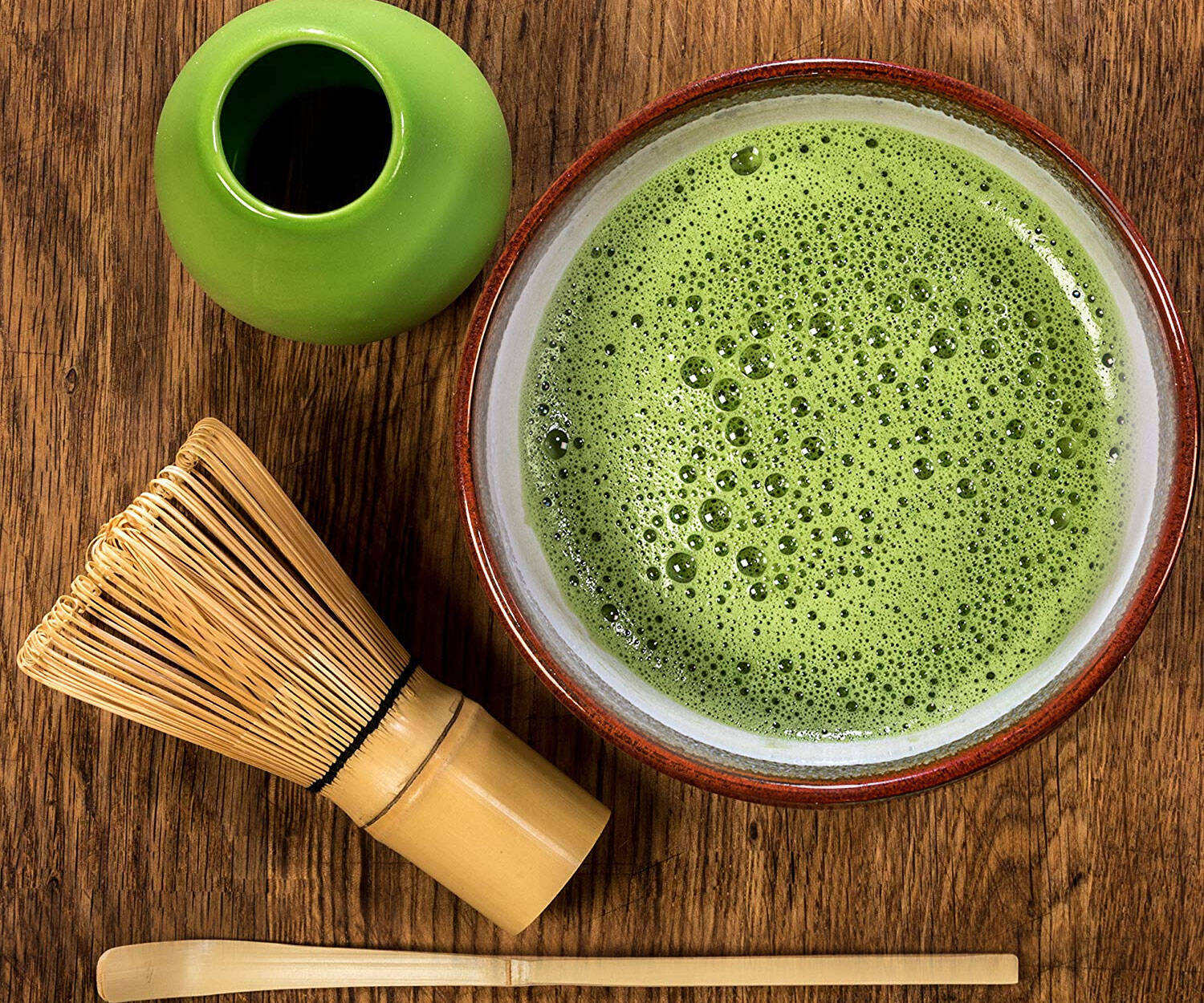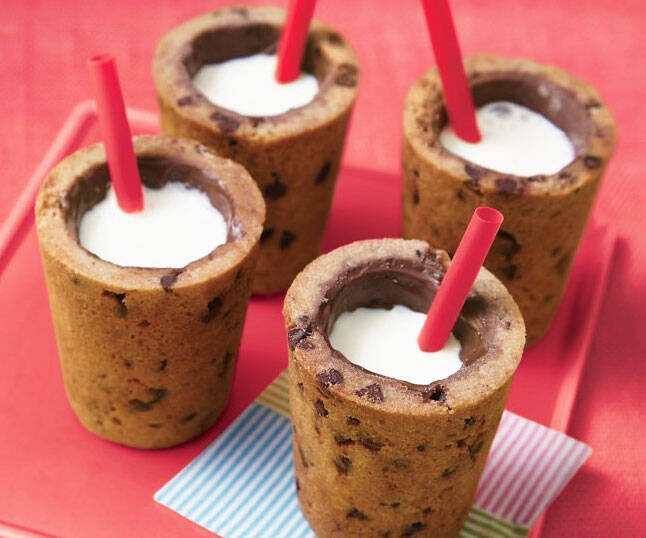Scraps, Wilt & Weeds: Turning Wasted Food into Plenty | ||||||||||||
| ||||||||||||
Product Description
Inventive and delicious food, made from what most people throw away, by the co-founder of the celebrated Danish restaurant, Noma.SCRAPS, WILT & WEEDS features 100 recipes by Mads Refslund, one of the initial partners at Noma, the world-renowned Danish restaurant, using local ingredients in a sustainable, no-waste fashion. Using scraps from vegetables, fruits and animal proteins--food that would normally go to waste--Refslund creates beautiful and accessible recipes for the home cook without sacrificing anything to flavor. He uses 100% of the ingredient or as close as possible, including potato peels, cauliflower stems, or fish skins, but also ingredients that are passed over as too young, like green strawberries, or too old, like stale bread, wrinkly potatoes or bolted herbs.
Refslund shares easy-to-follow recipes like: Carrot Tops Pesto, Roasted Cauliflower Stalks with Mushrooms and Brie, Pork Ribs Glazed with Overripe Pear Sauce, Crispy Salmon Skin Puffs with Horseradish-Buttermilk Dip, and Beer and Bread porridge with Salted Caramel Ice Cream. In addition to delicious ingredient-focused recipes, the book contains informational sidebars and stories, insight into the parts of food we often waste, and a section on how to use leftovers, plus 100 beautiful photographs that express Refslund' passion and respect for ingredients, nature and the land.
Top Reviews
True to Its Subject, a Book to Sort Throughby Mongibeddu (3 out of 5 stars)
March 15, 2017
I just received the book yesterday and am still in the midst of reading, but I wanted to register initial disappointment (I will update after finishing and trying out a few of the recipes). I ordered it sight unseen after a brief mention in the NY Times, wanting some fresh--oops, bad pun--ideas about avoiding food waste. This has that, though I wish there were more options for individual ingredients. Many of the recipes sound delightful but use items constantly produced to make an item of only occasional use. What then to do the rest of the time? The book, then, looks to be an excellent survey of possibilities, not a guide for daily use.
My disappointment: recipes with minimal description or none at all of what the result will taste like. There's a bran-infused rum, for instance, which sounds intriguing. But what does the bran do? What's the flavor? Why go to the trouble?
I was intrigued, too, by the use of bran for pickling. The bran is mixed with salt and spice and water, then kept in a dark space and allowed to ferment. We're told this mixture can be used after four days but will take six months to fully mature and can then be kept as one does a starter for bread or yogurt. But starters need to be maintained and there are also, presumably, health issues to be aware of. On this, the book is silent. So that's another disappointment.
The book is nonetheless rewarding and I'll keep reading. Will definitely try some of the recipes.
Great concept, not particularly practical.
by zinegrrl (3 out of 5 stars)
July 20, 2017
This is a great concept for a book, and as an avid home cook, gardener, and composter I really wanted to love it. I'm not quite sure what I was hoping for here, but it somehow misses the mark most of the time. Photos of charred, wilted, overripe food, while artfully shot, did not make me eager to try the recipes. Nor did recipes for "Flat Beer & Day Old Bread Porridge." A little too literal for me. Many of the dishes require a very specific / large-ish amount of whatever the wasted food item might be (i.e. 4 broccoli stalks, 2 cups of flat beer) or require a lot of labor or special ingredients to pull it together. I love the unexpected flavor combinations and fancy preparations here, but as a busy person feeding just myself, my partner, and my child after a long day of work, I'd like a few more practical, quick ideas that are easier to scale up or down depending on variable amounts.
A more advanced approach to kitchen frugality
by Tracy Rowan (4 out of 5 stars)
September 7, 2018
I admit that the sight of fish heads staring blindly up at me from a barbeque grill was not exactly what I had in mind, but I did appreciate knowing that the heads of fish are often the most nutritious part, and also giving me an option should I ever become such a dab hand with fish (doubtful, but I'll try) that I want to do something with the whole fish, even the head.
More my speed were recipes for things like skillet-roasted cauliflower cores and leaves -- you know that solid bit in the middle of the cauliflower?) with brie. I'm trying hard to like cauliflower, and this might get me interested in other ways of approaching it. Might. On the other hand, the panzanella recipe for stale bread is something I have made, and it's delicious. I also look forward to trying the stale bread and flat beer porridge. It's based on a Scandinavian porridge called ollebrod, and cooks stale rye (or other bread) in flat beer, sugar (granulated and brown), cream, dark chocolate, and balsamic vinegar. And yes, the idea takes some getting used to, but I've seen ollebrod praised on a lot of Scandinavian cooking sites, and I'm willing to give it my best shot. At the very least it's a start on doing something more creative with stale bread.
This cookbook is arranged according to ingredient, mostly produce but also meat, fish, and dairy, with a section on how to use coffee grounds (coffee ice cream, biscotti, panna cotta, to name a few) or make tea from fruit and herb scraps. There are also sections on leftovers and foraging, making this an all-around exercise in frugality. It doesn't get much more frugal than foraging for your own food.
It's a pretty cookbook in spite of the fish heads, much fancier and therefore a lot pricier than the MacLeod book, and is probably better for those of us who are already involved in frugal cooking practice. But I can't deny the pleasure of reading through it and imagining myself serving things that wow my guests, and being able to say, "This? It's really nothing, just some scraps."
Unique and Great Cookbook!
by picm (5 out of 5 stars)
April 12, 2017
Wow is this an interesting cookbook, it is full of really unique recipes and ideas that I would have never thought of trying. Just reading the recipes inspired me get more creative in my own kitchen. I have tried a few of the recipes so far, some seem a bit strange, but once I made them - they were incredible. I was surprised how delicious everything I have made has turned out!!! I love the pesto recipes. I love being able to use ingredients I previously threw away. The book includes many vegetarian and vegan options, which is great for my vegetarian family. I also really enjoyed the environmental perspective of food as presented in the book. Be bold and try this book!
Love it! And highly recommend it because of the ...
by John from Jersey (5 out of 5 stars)
April 30, 2017
Love it! And highly recommend it because of the uniqueness and creativity! Easy to follow recipes that are practical, fun and TASTY! I loved Ms Wong's last book Foraged Flavor, and this latest book with Mads is a natural progression of her philosophy of food sustainability, natural ingredients and of course connecting people with our food through delicious ingredients that can be found right in our own back yard through foraging! Less waste and foraging - - perfect! Can't wait to fall to try to do the Pumpkin Jerky!!!
I love the idea of re-using scraps of food that would ...
by Genie M (4 out of 5 stars)
July 2, 2018
I love the idea of re-using scraps of food that would otherwise be thrown out. For me the book was a quick and enjoyable read which enforced my commitment to the cause. Or maybe I just like this stuff. In my personal granting of stars hierarchy, I decide that if I would keep the book and I would re-read it at some point within four or five years, I give between a "4" and a "5."
Great read for the stats and philosophy.
by D. Bitetto (4 out of 5 stars)
September 30, 2018
The recipes seem to be fairly straightforward and easy to follow. One of the best parts of the book is the philosophy and the "why" that speaks to the importance of using and enjoying all parts of the plants/foods mentioned in chapters. Best way to use the book so far for me was to identify some areas where food was not being used efficiently. then to use the book as a reference and inspiration for recipes.
I thought this would be a great source to use the bits and pieces we thrw out..it isn't.
by Brenda Costa (2 out of 5 stars)
May 13, 2019
This book does come up with suggestions for using tops and bottoms of veggies, and similar things. However, these suggestions would be applicable for quantities restaurants use, but not the average home kitchen. Many of the other suggestions have been known for a long time. i expected a lot and I was very disapponted.
Not what i expected, will give away
by Meera or sometimes Alex (3 out of 5 stars)
August 3, 2017
Not too valuable recipes, radio interview taught me more
Good resource!
by Amazon Customer (5 out of 5 stars)
May 14, 2018
Great resource for how to use up ALL OF THE FOOD available to you. Well written and good info.
Customers Who Bought This Item Also Bought
- Scraps, Peels, and Stems: Recipes and Tips for Rethinking Food Waste at Home
- The Whole Fish Cookbook: New Ways to Cook, Eat and Think
- Foraged Flavor: Finding Fabulous Ingredients in Your Backyard or Farmer's Market, with 88 Recipes: A Cookbook
- Black Axe Mangal
- Koji Alchemy: Rediscovering the Magic of Mold-Based Fermentation
- The Noma Guide to Fermentation: Including koji, kombuchas, shoyus, misos, vinegars, garums, lacto-ferments, and black fruits and vegetables (Foundations of Flavor)
- Waste Not: How To Get The Most From Your Food
- Waste-Free Kitchen Handbook: A Guide to Eating Well and Saving Money By Wasting Less Food (Zero Waste Home, Zero Waste Book, Sustainable Living Book)
- Cooking with Scraps: Turn Your Peels, Cores, Rinds, and Stems into Delicious Meals
- On Vegetables: Modern Recipes for the Home Kitchen
*If this is not the "Scraps, Wilt & Weeds: Turning Wasted Food into Plenty" product you were looking for, you can check the other results by clicking this link








